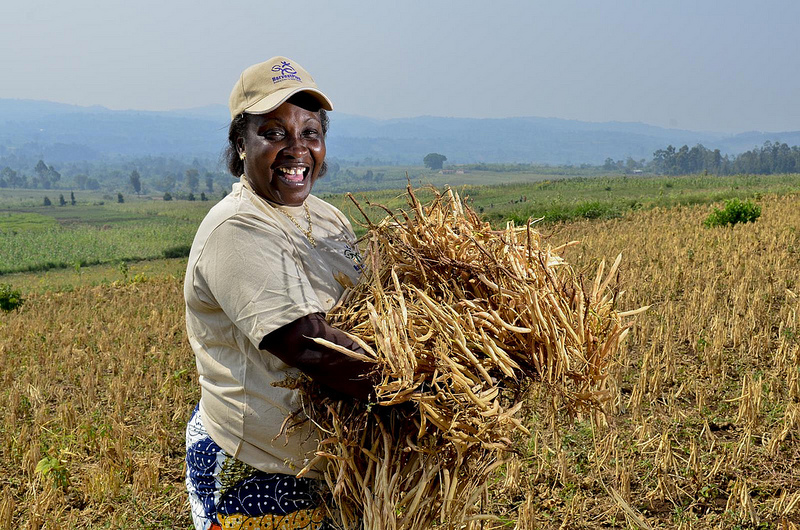
Agriculture in Africa appears to be the first to be hit by climate change this century, with production projected to drop dramatically across the Continent.
In a technical session during Day1 of the GLF, IFPRI presented findings from each of three new research monographs to shed light on the future of African landscapes: the good, the bad and the ugly.
They foresee that some areas will become better for agriculture (good), some will become worse (bad) and if the bad are bad enough and the good are good enough, internal migration and land grabs could worsen the problem if policies are not in place to help people transition (ugly).
The series of monographs commissioned by IFPRI addressing East, West, and Southern Africa present plausible future scenarios issuing from comprehensive analyses of economic and biophysical characteristics to explore the possible consequences for agriculture, food security, and resources management to 2050.
Compiled according to region, each monograph delves into the particular context of each country of the region within their institutional arenas to offer solid cases not only for researchers in setting specific research priorities but also for governments to buy into these priorities to guide climate-friendly development.
IFPRI’s approach uses crop models together with climate change models to uncover the direct yield effect, and takes into account the International Model for Policy Analysis of Agricultural Commodities and Trade (IMPACT), a global model of food and agriculture to incorporate climate change effects, along with the effects of population growth, GDP growth and technological change.
Timothy S. Thomas of IFPRI made the point that if we want to begin looking at climate change through a landscapes lens, we need to look at how computer modeling of different climate change scenarios reveals the sensitivity and interdependency of weather patterns, water sheds, diverse topographies, and agricultural practices.
While this interdependency shows the difficulty of defining the boundaries of a particular landscape, the emphasis should be placed on the range of possible climate futures of the landscape and the practical solutions that can be applied by improving the human and institutional capacity in the region to deal with them.
Through the reports, policy-makers get a clearer picture of the areas that will belong to the “bad” and “ugly” category. The need to find crops better suited for the good climate, the investments in the development of new animal varieties, water management strategies, adjustment of regional trade policies require significant money and time in order to find the balance between the "good", “bad” and “ugly”.
Policy makers urgently need to act NOW and give guidance to people via focused policies. And the residents of the effected areas need to have the right tools to develop a range of responses to adapt to these changes before migration is irreversible to the “good” or urban areas.
The research evidence is there, but will we be able to close the gap between researchers and policy makers? Will these two crucial actors in climate change adaptation and mitigation ever work hand in hand—and in time—to deal with these pressing challenges?
Post by Erna Klupacs
Photo credit: Neil Palmer/CIAT
